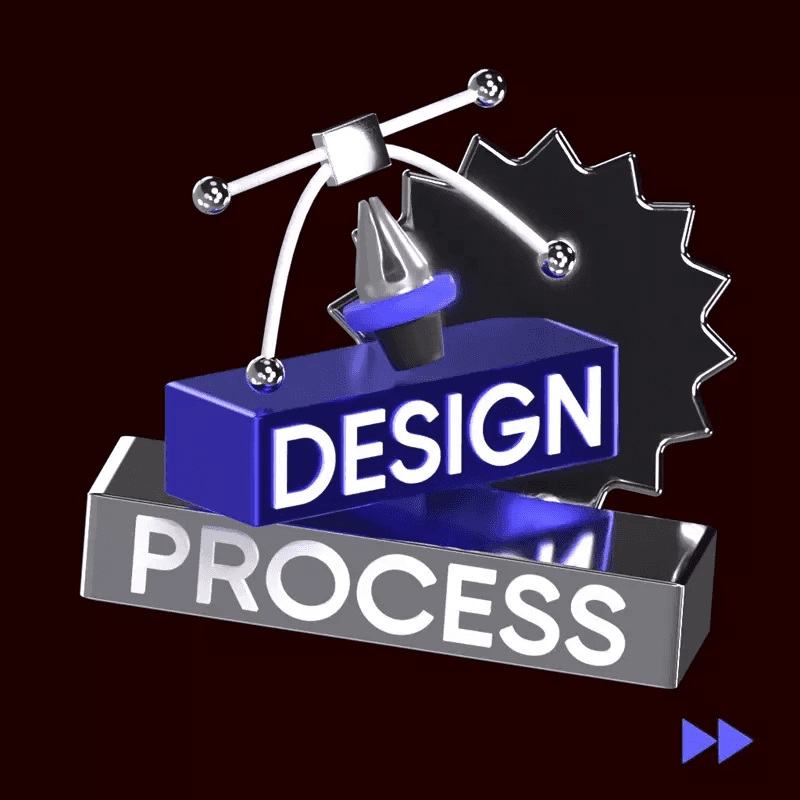Virtual Architecture
Virtual Architecture
Virtual Architecture
Virtual Architecture refers to the creation and simulation of architectural designs within a virtual environment. It combines the principles of architecture and computer science to develop immersive and interactive experiences that enable users to explore and visualize architectural projects before they are physically constructed.
Virtual architecture utilizes advanced technologies, including virtual reality (VR) and augmented reality (AR), to replicate architectural spaces and structures in a digital format. Architects, designers, and clients can interact with these virtual models, gaining a comprehensive understanding of the design, scale, and aesthetics of a building or space.
Virtual architecture offers numerous benefits throughout the architectural design and construction process. It allows architects to experiment with different design concepts, materials, and lighting scenarios in a virtual setting, enabling them to make informed decisions and refine their designs before committing to physical construction. This helps to minimize errors, reduce costs, and improve overall project efficiency.
Furthermore, virtual architecture enhances collaboration and communication among stakeholders. Design teams can easily share and present their virtual models, enabling clients, contractors, and other stakeholders to provide feedback and contribute to the design process. This collaborative approach ensures that everyone involved has a clear vision of the project, leading to better outcomes and client satisfaction.
Virtual architecture also benefits clients and end-users by providing an immersive experience. Through virtual reality, individuals can virtually walk through and explore architectural spaces, experiencing the design in a realistic and interactive manner. This allows for a deeper understanding of the spatial relationships, functionality, and aesthetics of the proposed design, helping clients make informed decisions and visualize the final outcome.
Moreover, virtual architecture has applications beyond the design phase. It can be utilized for marketing and promotional purposes, allowing developers to showcase their projects in a visually appealing and engaging manner. Virtual tours and interactive presentations can be created to attract potential buyers or investors, providing them with a realistic sense of the architectural design and its surrounding environment.
In summary, virtual architecture revolutionizes the architectural design process by leveraging cutting-edge technologies to create immersive and interactive virtual experiences. It enhances collaboration, improves decision-making, reduces costs, and provides a realistic preview of architectural projects. By bridging the gap between imagination and reality, virtual architecture plays a crucial role in shaping the future of the architectural industry.
15,000+ customizable 3D design assets
for UI/UX, website, app design and more


quote post


Information post


marketing post
Sign up for free
View All
A
B
C
D
E
F
G
H
I
J
K
L
M
N
O
P
Q
R
S
T
U
V
W
X
Y
Z
#
View All
A
B
C
D
E
F
G
H
I
J
K
L
M
N
O
P
Q
R
S
T
U
V
W
X
Y
Z
#
View All
A
B
C
D
E
F
G
H
I
J
K
L
M
N
O
P
Q
R
S
T
U
V
W
X
Y
Z
#
Tools
Create
Tools
Create